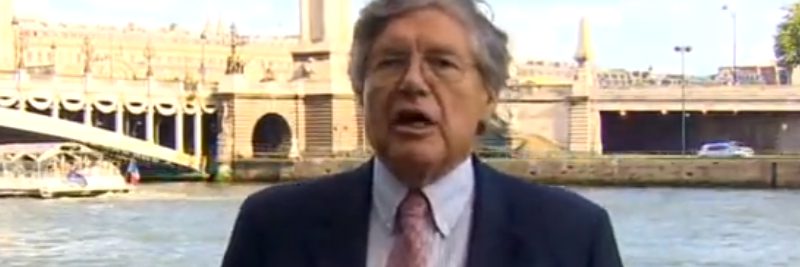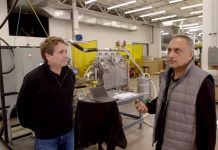Jacques Cousteau was born on June 11, 1901 in France to Daniel and Elisabeth Cousteau. He had a brother named Pierre Antoine. Cousteau received his education in Paris graduating as a gunnery officer. A car accident cut his career short in the French Navy.
Cousteau was known as man full of skills and expertise. He was a conservationist, explorer, filmmaker, photographer, author, researcher and a scientist. His main focus concentrated was with the sea and the various marine life in the ocean. He pioneered marine conservation and co-developed the Aqualung.
In 1936, He lived near Toulon. After two years, he teamed-up with Philippe Taillliez and Frederick Dumas trying to experiment in snorkel early diving experience. They had a near fatal experience through testing their improvised rebreathing apparatus.
During the Second World War, Paris fell to the Nazis; so he and his family decided to took refuge in the town of Megreve, located near the Swiss border. During the early stages of war, he continued quietly with underwater explorations and experiments. He then met Emile Gagnan in 1943, a French engineer. During this time, compressed air contained in cylinder containers were invented.
Gagnan had developed a demand valve which allows cooking gas to be fed automatically in converted car engines. Cousteau and Gagnan worked hand-in-hand to continue their experiments in breathing apparatus with body suits and snorkel hoses. After a couple of months, Cousteau arrived with a suggestion and the first 2 stage valve was ready for experiment.
However, if the diver was swimming horizontally it worked fine, but if the divers’ direction was headed down in a nose dive, the air would not flow. A solution was soon found that in order for the air flow to not be affected by pressure variations, the exhaust regulator had to be placed closer to the intake as much as possible.
In time, their efforts paid off and they had developed the first aqua-lung device. This allowed divers to stay underwater for a longer time duration up to several hours. After WWII, aqualung became useful for removing mines underwater. The success of Cousteau’s invention gained him international popularity.
Following the success of Cousteau’s aqua-lung device, he continued to innovate the marine industry. He created an idea for living underwater. In 1962, he launched his team into an around the bend adventure building a house under the sea and naming it Conshelf. Conshelf was set up 10m deep off Marseilles. The first “oceanauts” lived here for a week. They were Claude Wesly and Albert Falco. The Conshelf I was a steal cylinder 2.5m in diameter and 5m long that served as a home and laboratory for the two. Conshelf I was a big success that drove Cousteau towards more sophisticated and ambitious projects.
After a year of successfully deploying humans in underwater operations, Conshelf II was launched. It was set 10m deep off the red sea. It was like an underwater village. The main house was called Starfish and placed 15m further down where a deep station was installed. Five oceanauts lived in the starfish for a month. Again, the project was a success. Cousteau never stopped his dream and ambitions. Aside from these two major inventions, Cousteau also contributed to other important inventions and discoveries.
Strong proponent of individual liberty and free speech. My goal is to present information that expands our awareness of crucial issues and exposes the manufactured illusion of freedom that we are sold in America. Question everything because nothing is what it seems.




















